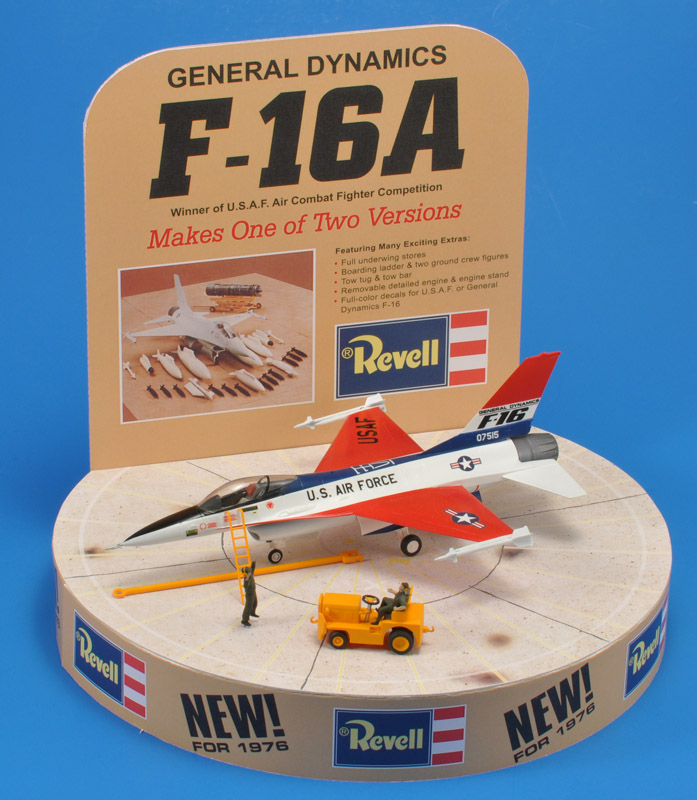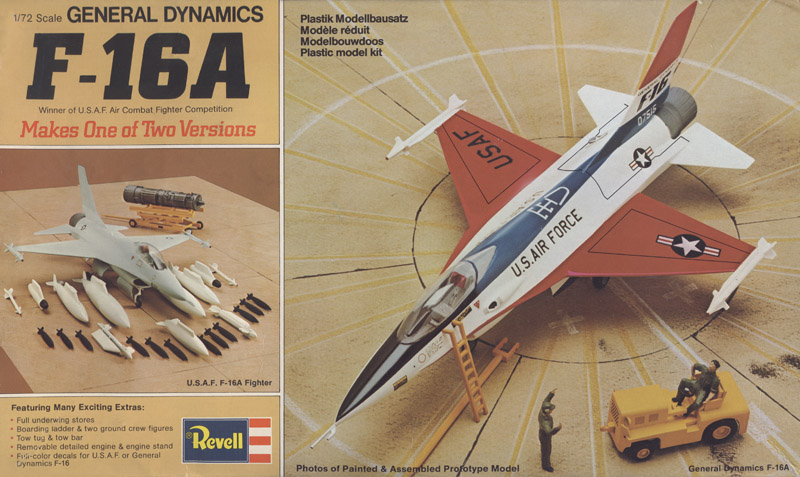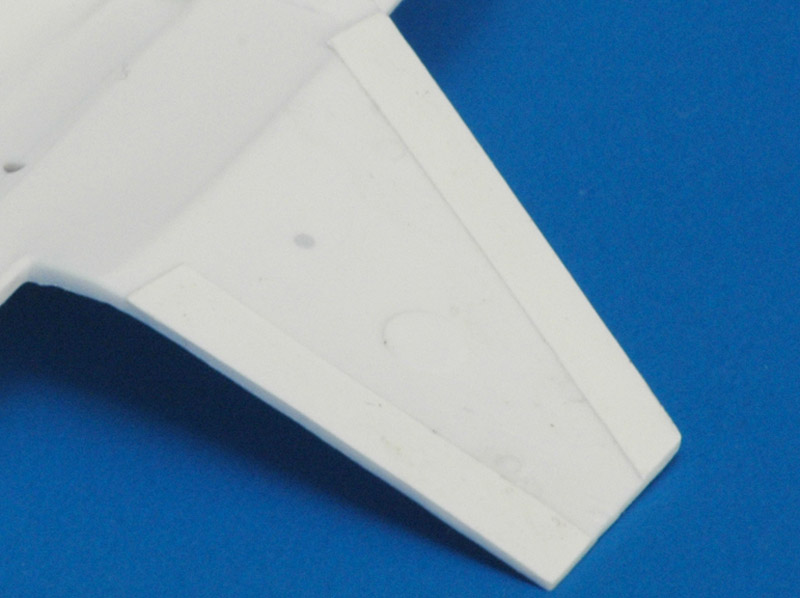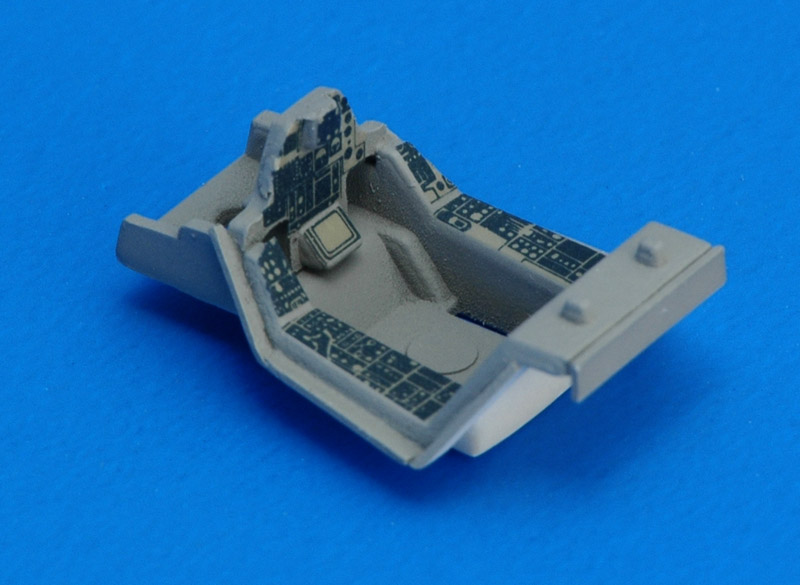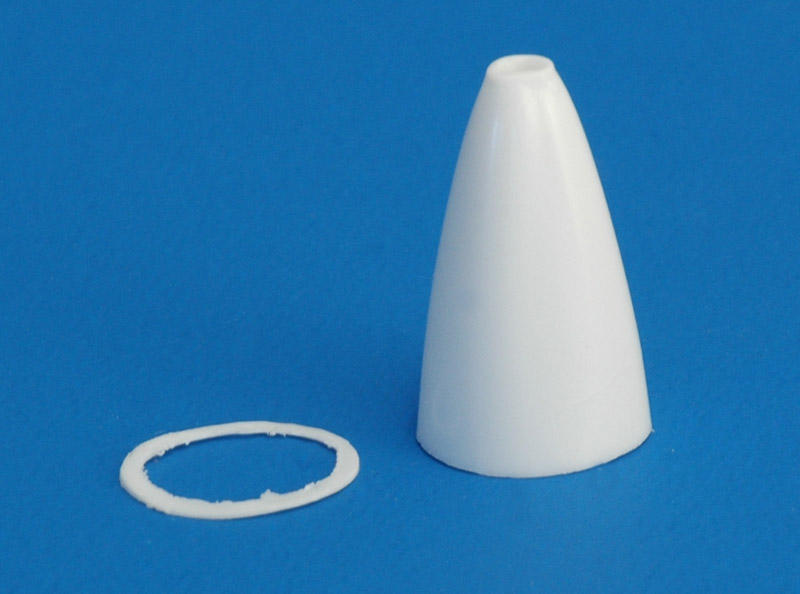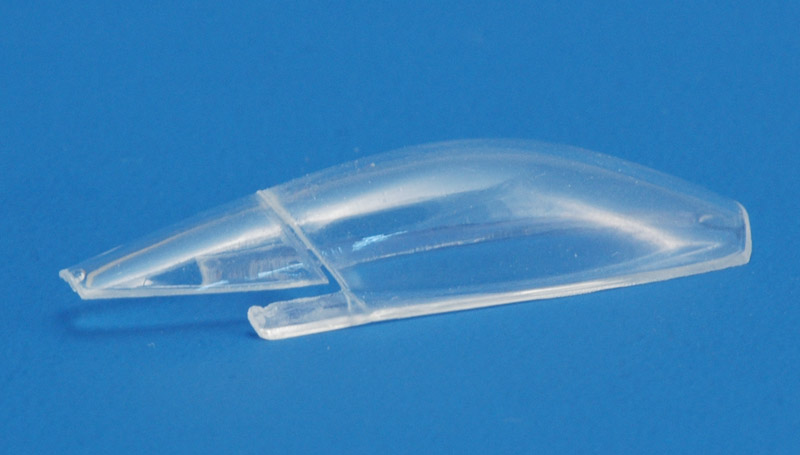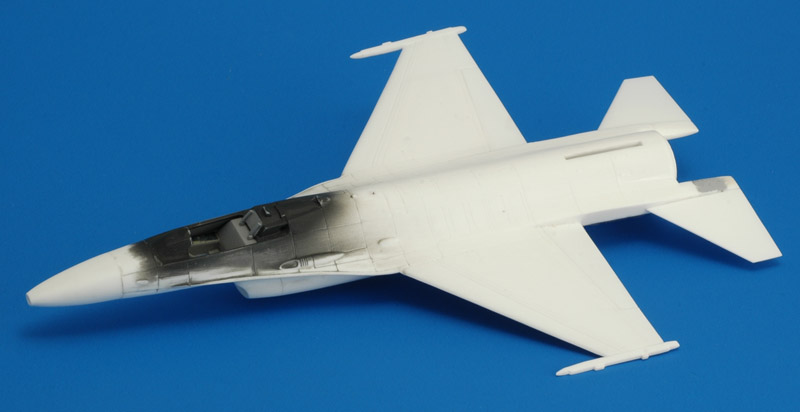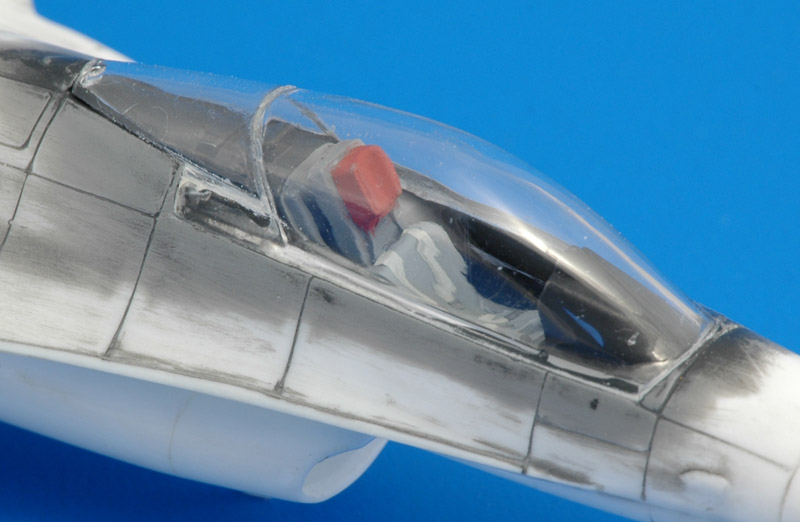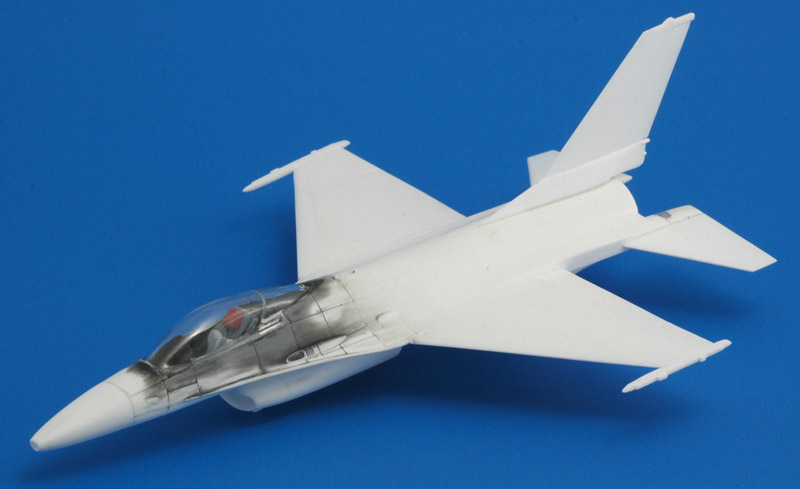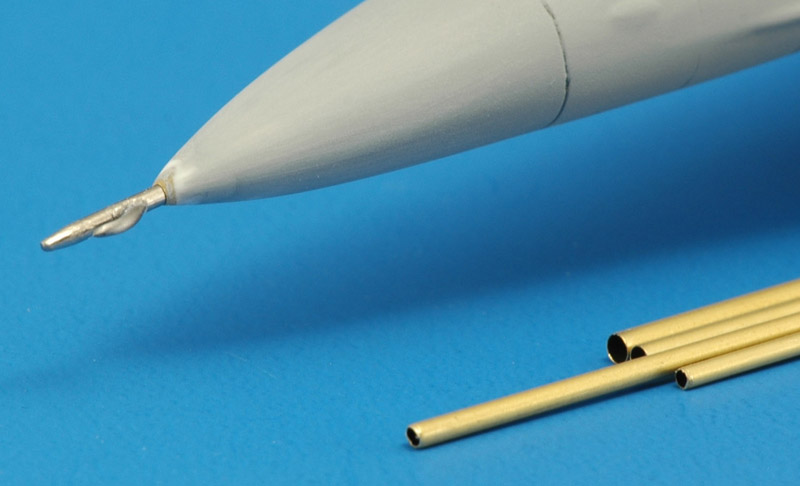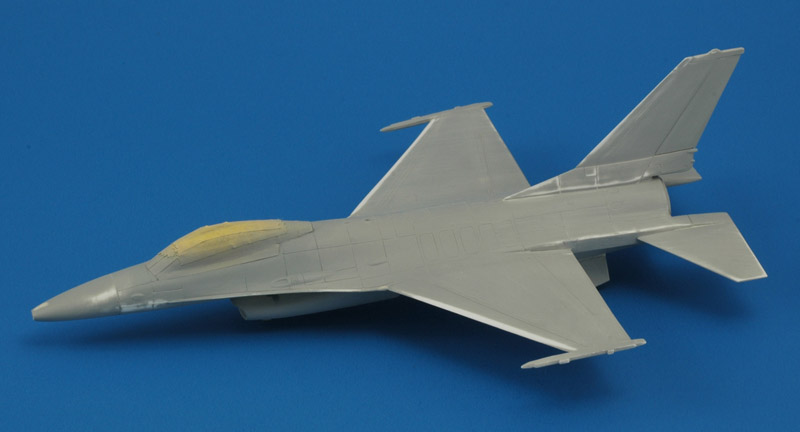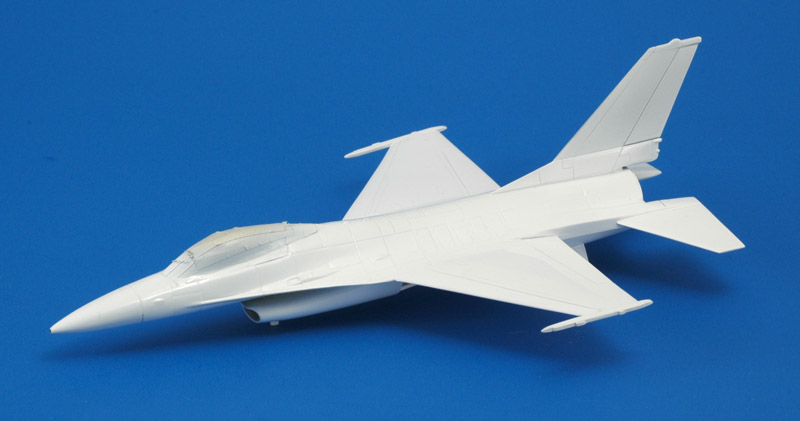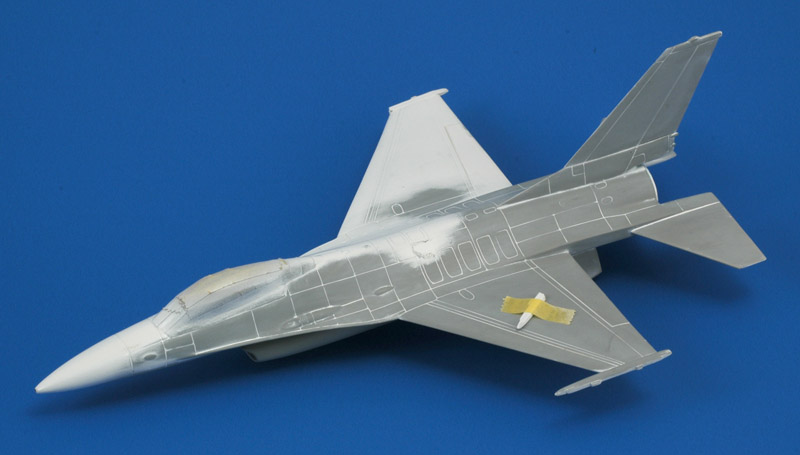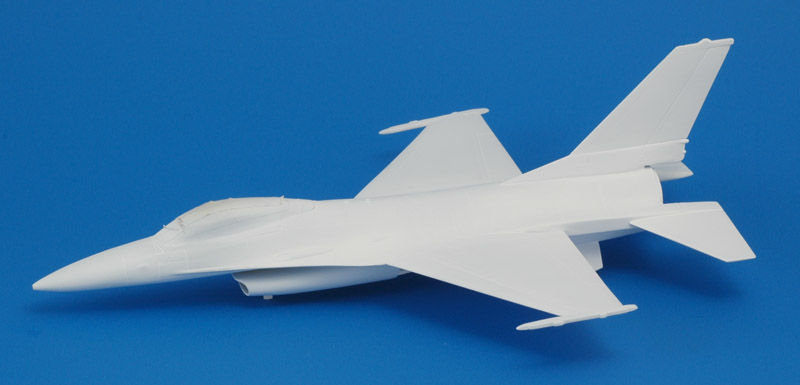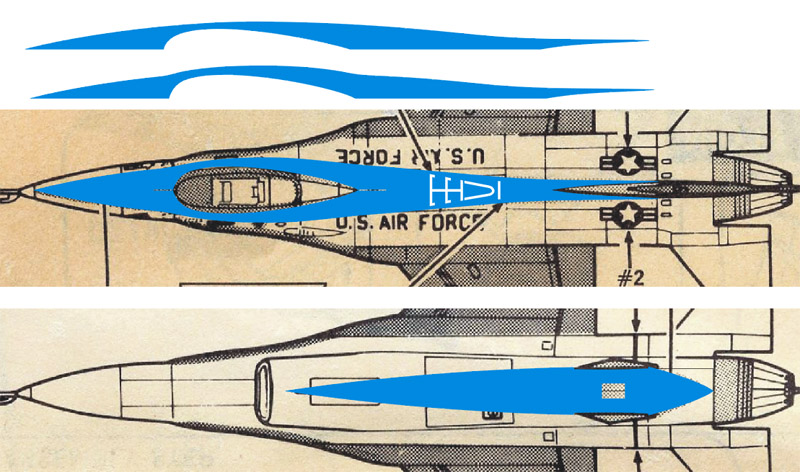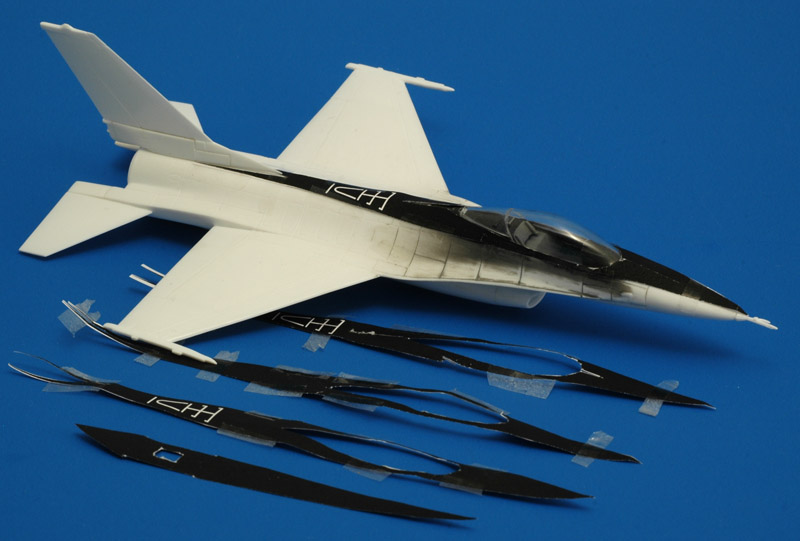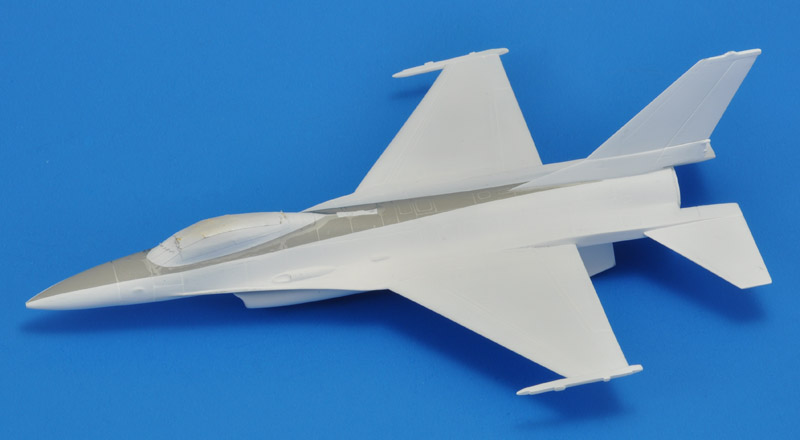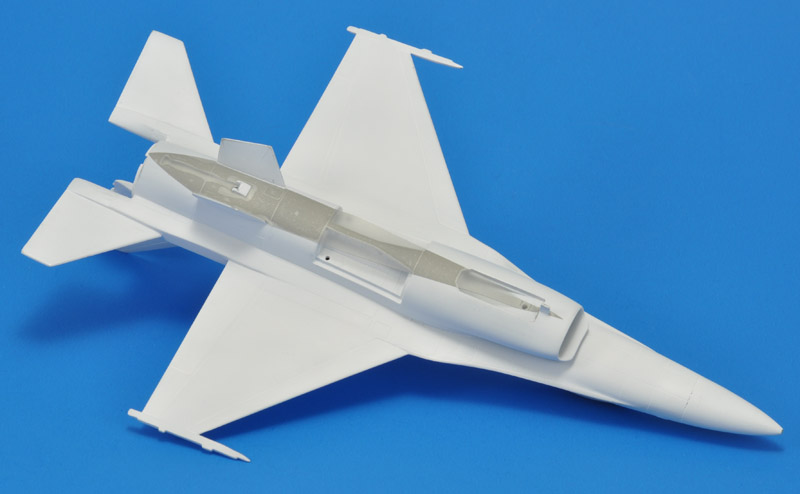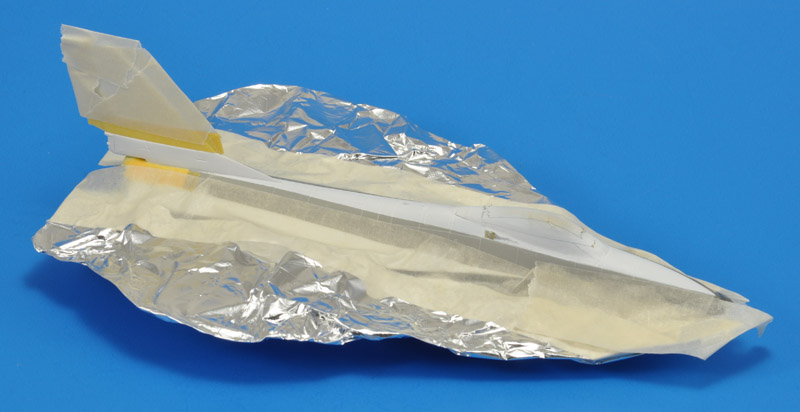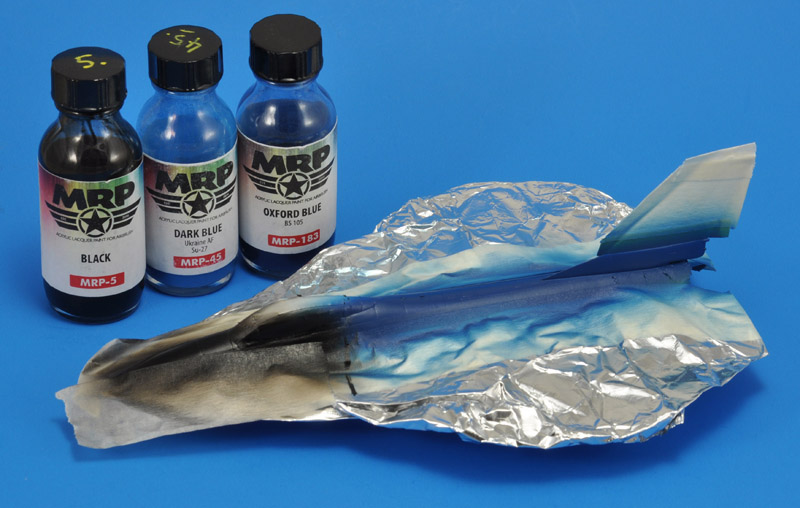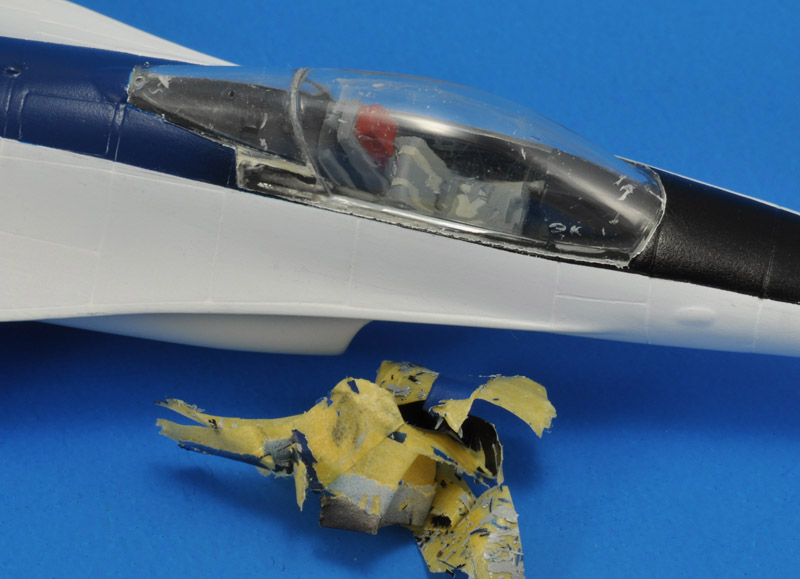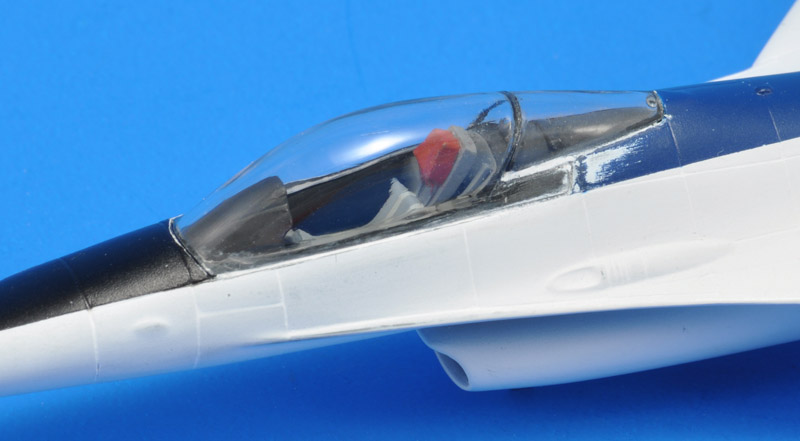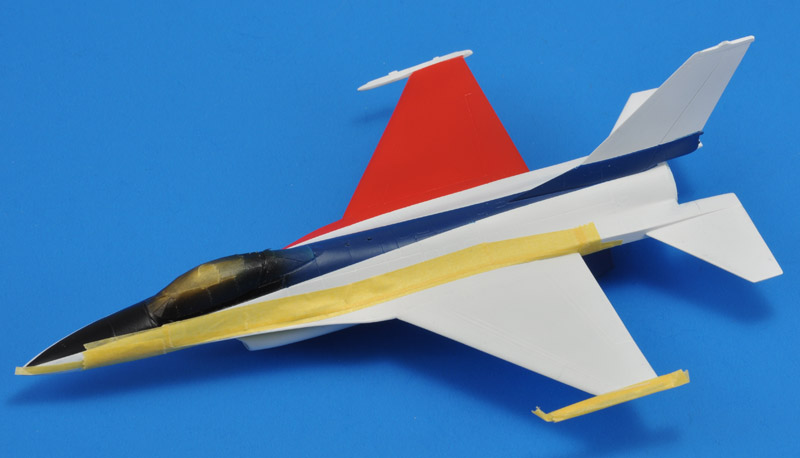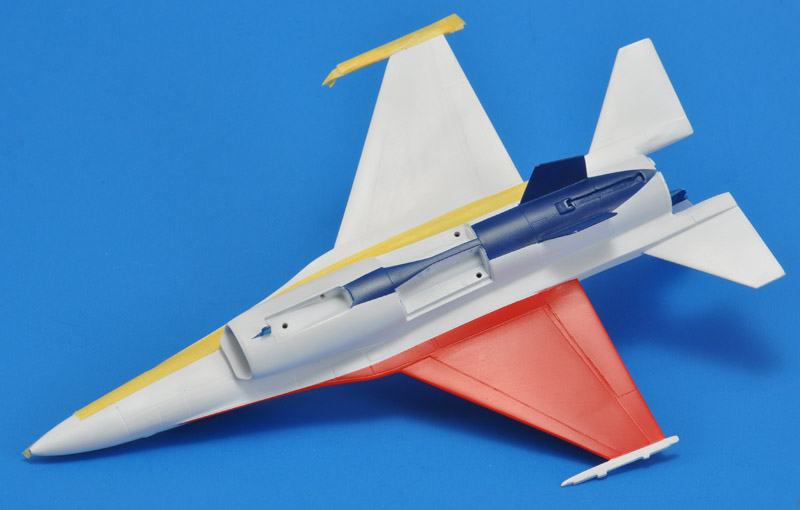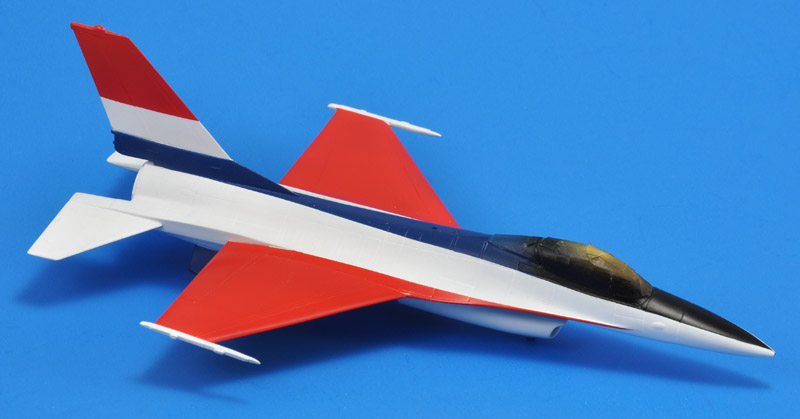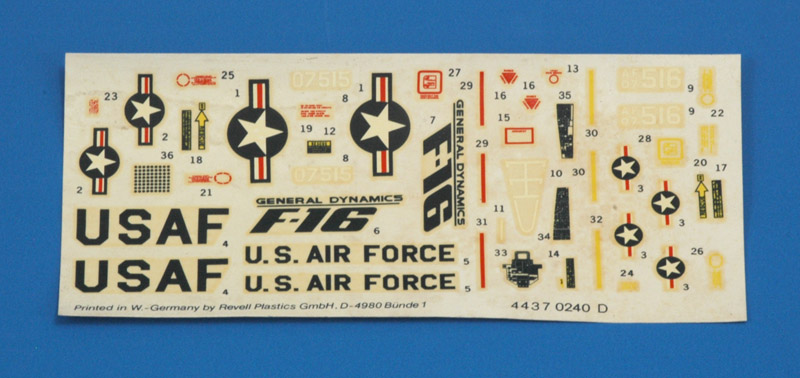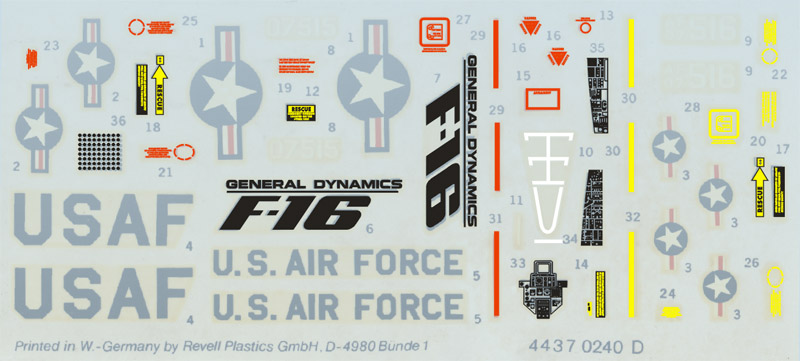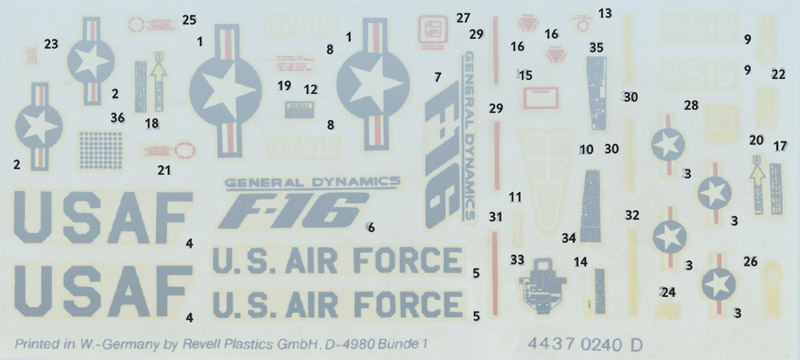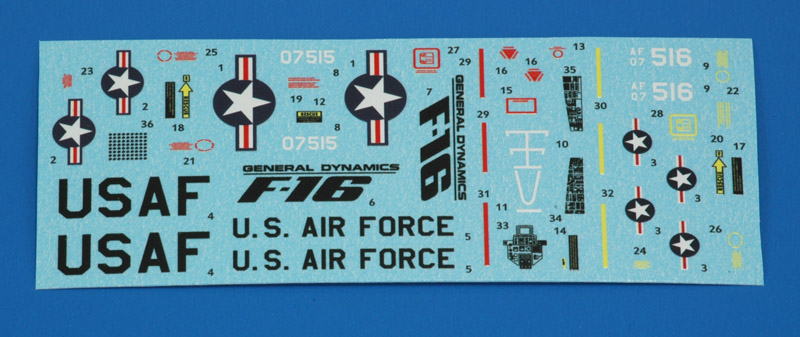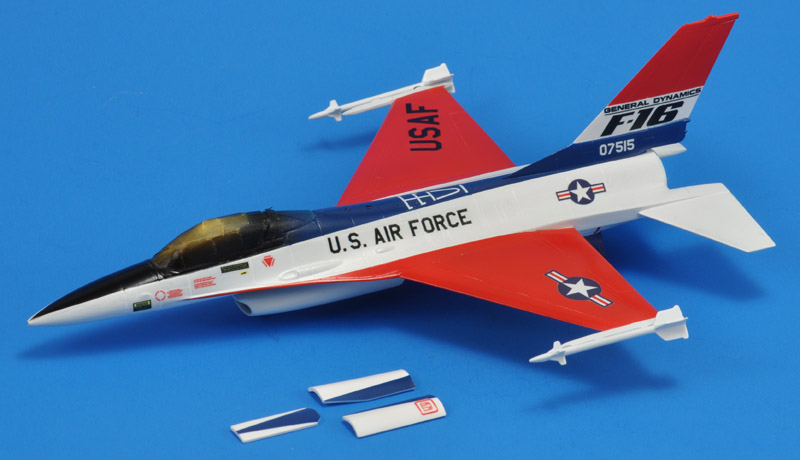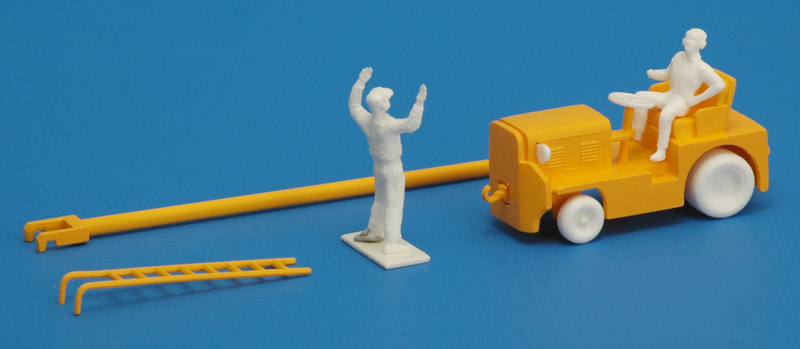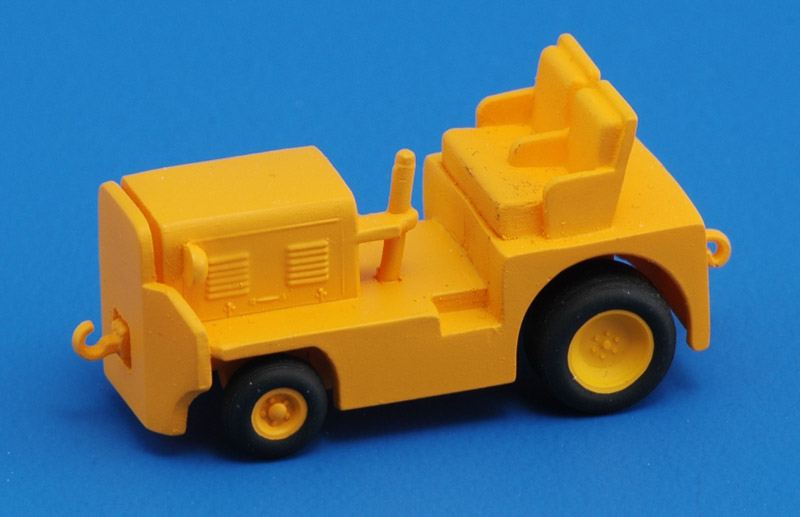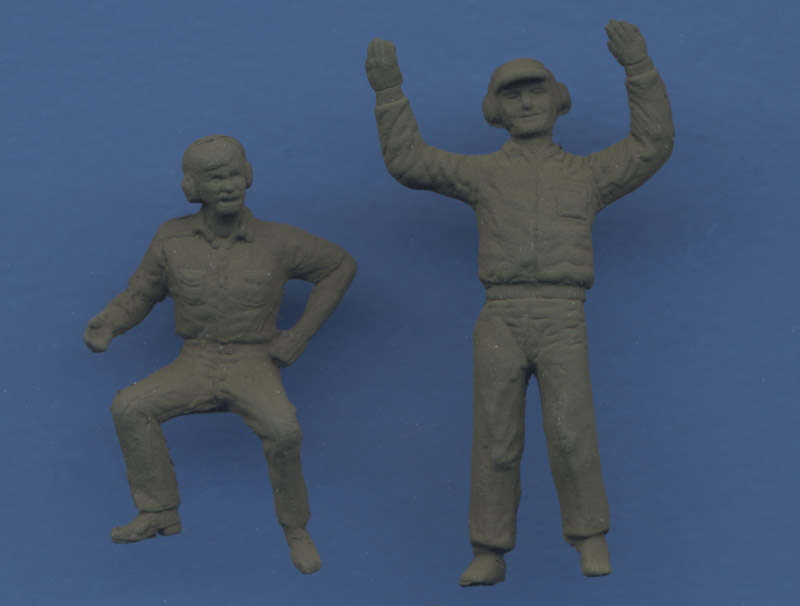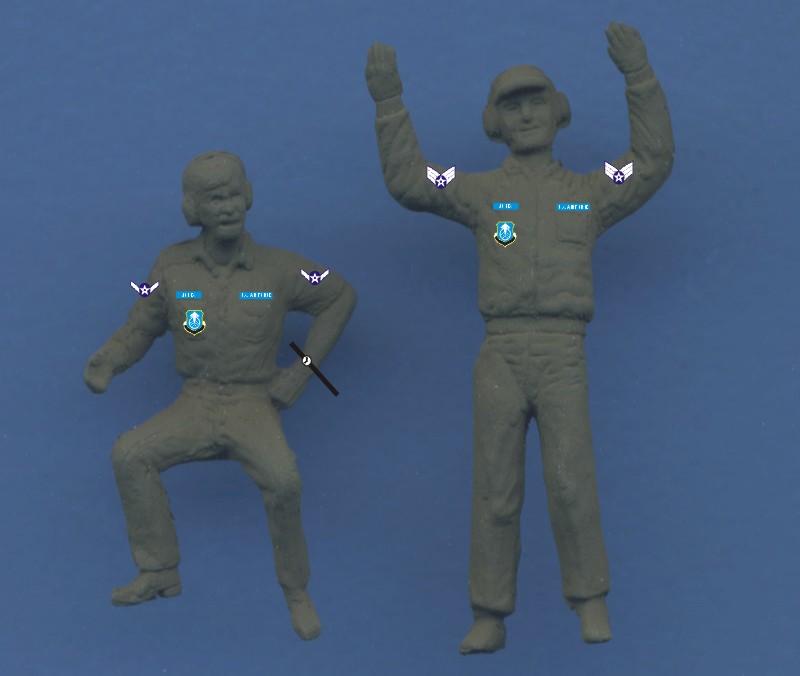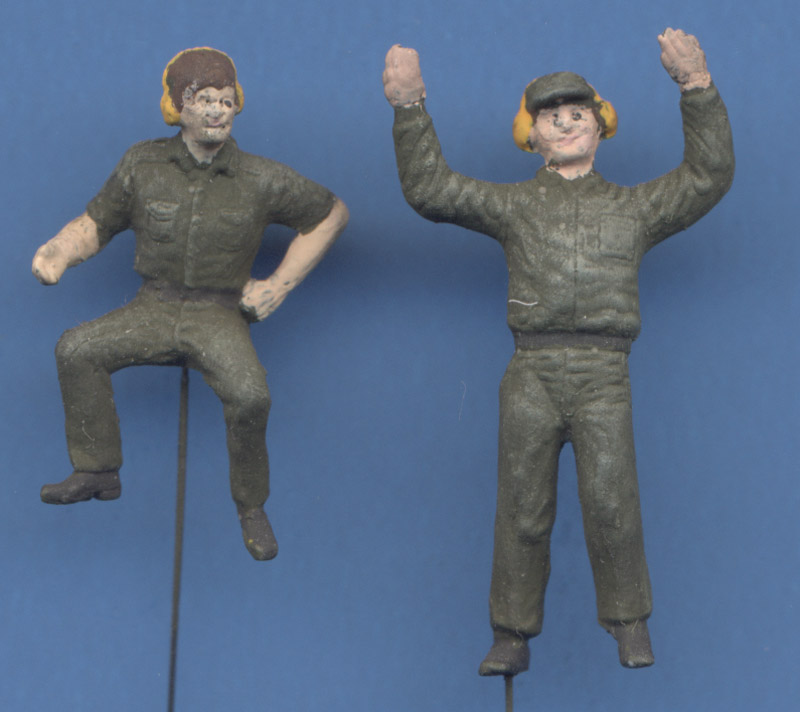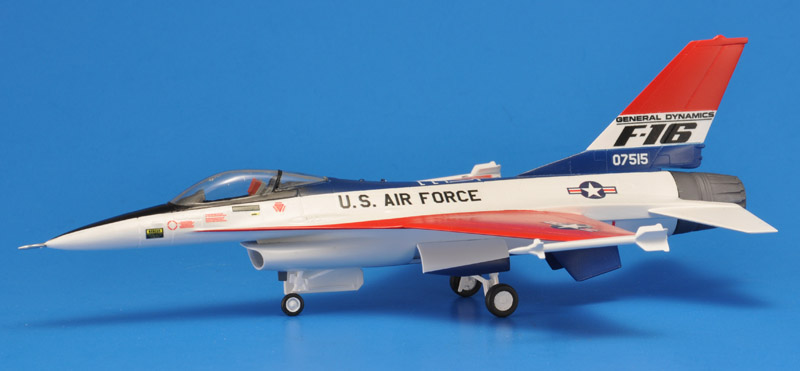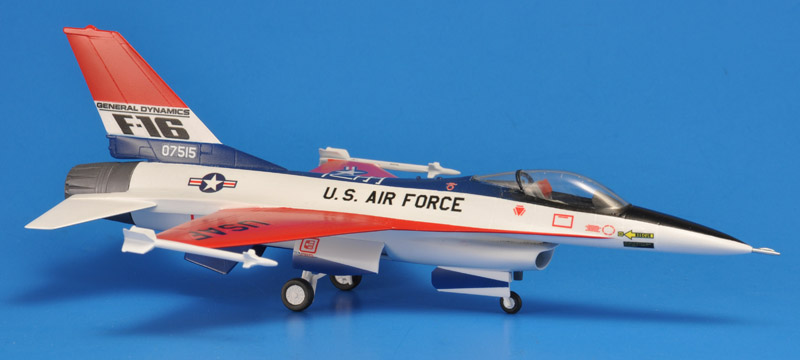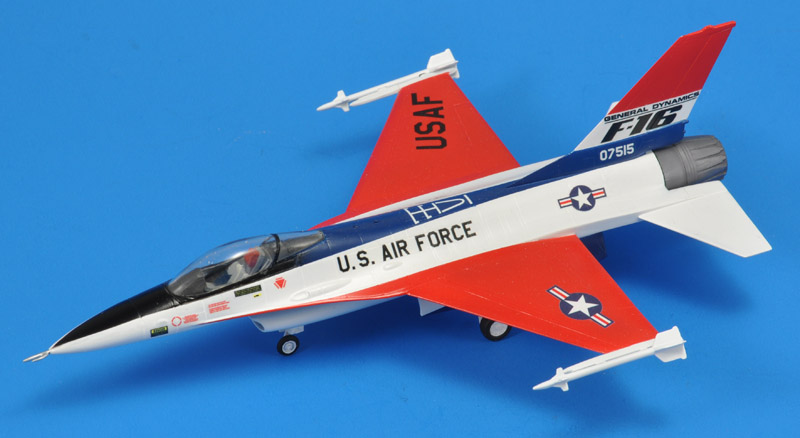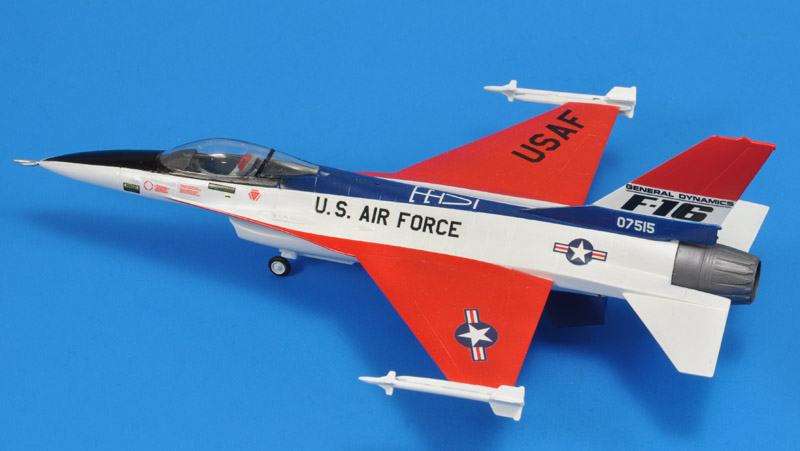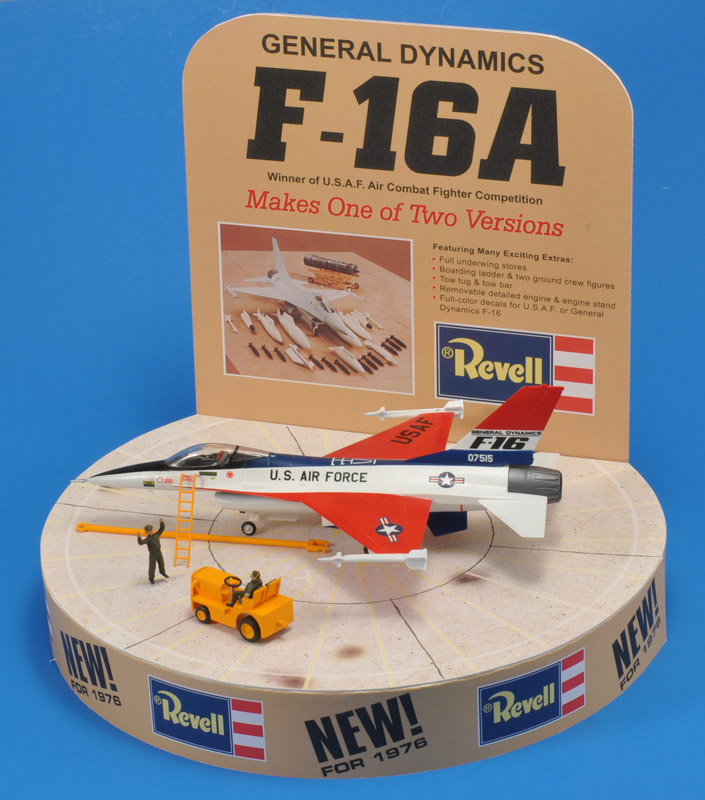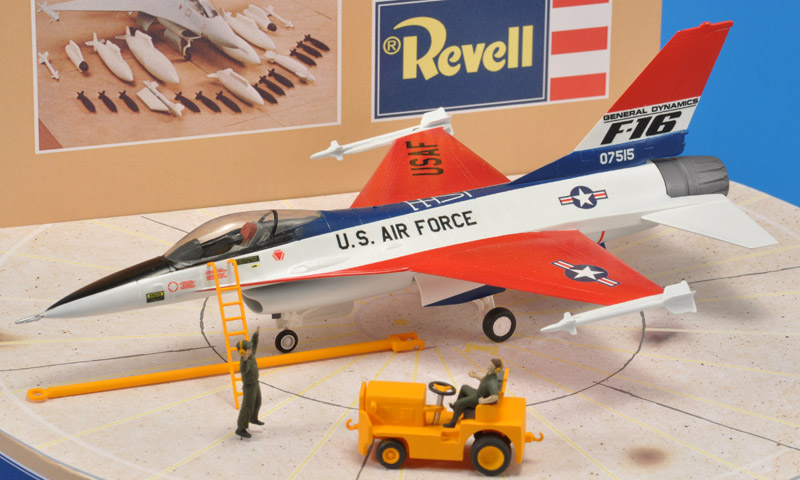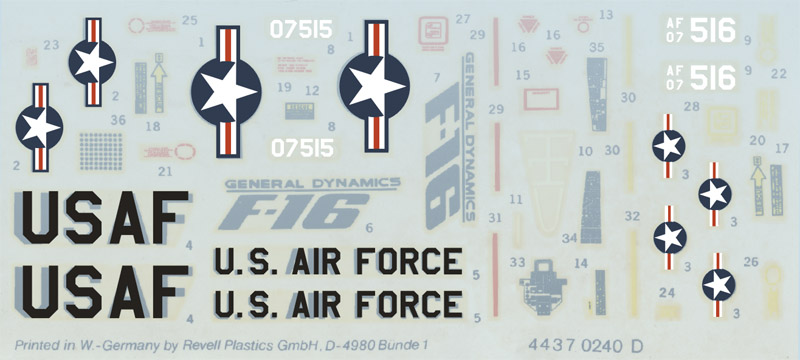
| The markings shown here were done according to the USAF standards as outlined in Tech Order 1-1-4, that can be found online. They did not match the Revell designs perfectly, but I preferred the correct markings.
The fact that Revell used a common ink for black and dark blue decals creates a question mark: what color should the 'USAF' and 'U.S. AIR FORCE' texts have? The box photo shows black markings. Tech Order 1-1-4, 1978 and 1994/1998 issues, says in section 3-3 'General specifications for lettering and numerals used in marking of aircraft': "Unless otherwise specified herein, insignia blue, color No 15044, will be used for letters and numerals applied on gray or white surfaces. Gloss black, color No 17875, may be used as a substitute for the insignia-blue. Insignia-white, color No 17925, will be used on red finishes". Therefore, the Tech Order does not help with the color choice, except that the black 'USAF' on the red wing should have been white. In the end I chose black.
Note that the bars in the 'star and bar' designs are slightly offset to the top side, a fact overlooked by many decal designers.
Finding the correct printing colors can be really difficult. The 'insignia blue' in the star-and-bar is very dark, and it took me several attempts to find a good match. But I have no control over what the (outsourced) printer does with the colors, so it remains difficult.
|
